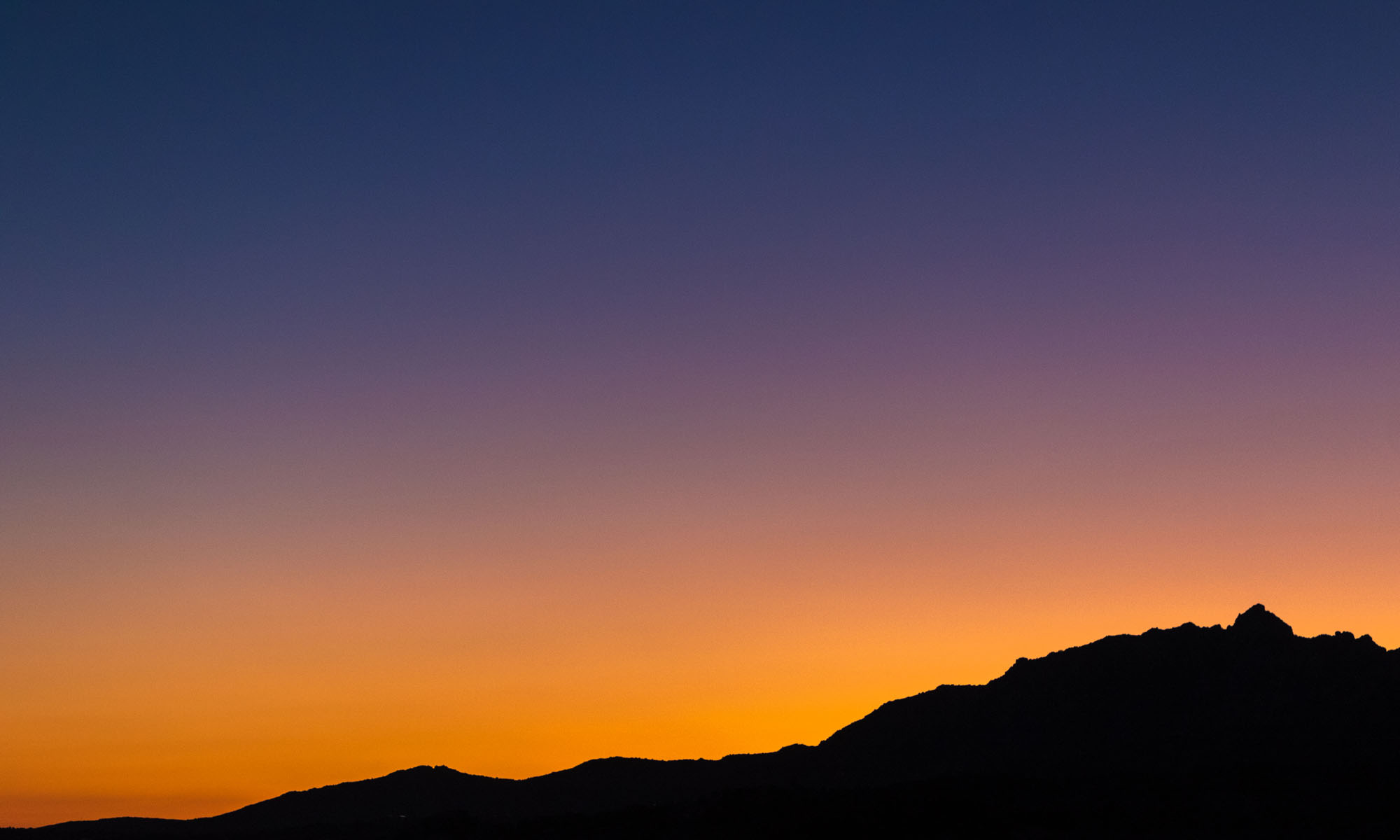I am a huge fan of geotagging my photos, to the point that I made a decision to buy a Canon EOS 7D Mark II (http://amzn.to/2i4k7wg) based on the fact that it included a GPS receiver. With the geotagging feature turned on, the location where I capture each image can be recorded by the camera in the metadata for each image. I can later view all of my photos on the map within Lightroom, which can be tremendously helpful.
However, I recently ran across an article that made me realize this feature isn’t always a good thing. For example, an article on the RhinoProtect website points out that if you share photos online, poachers may use GPS metadata embedded in those photos to track wildlife.
You can read the full article on the RhinoProtect website here:
http://www.rhinoprotect.org/news/beware-poachers-use-geo-tagged-instagram-photos-track-kill-endangered-animals/
The bottom line is that when you are photographing sensitive subjects, you may want to turn off the geotagging feature in your camera. Or, when sharing photos, you may want to first remove the location information (and perhaps other details) from metadata.


